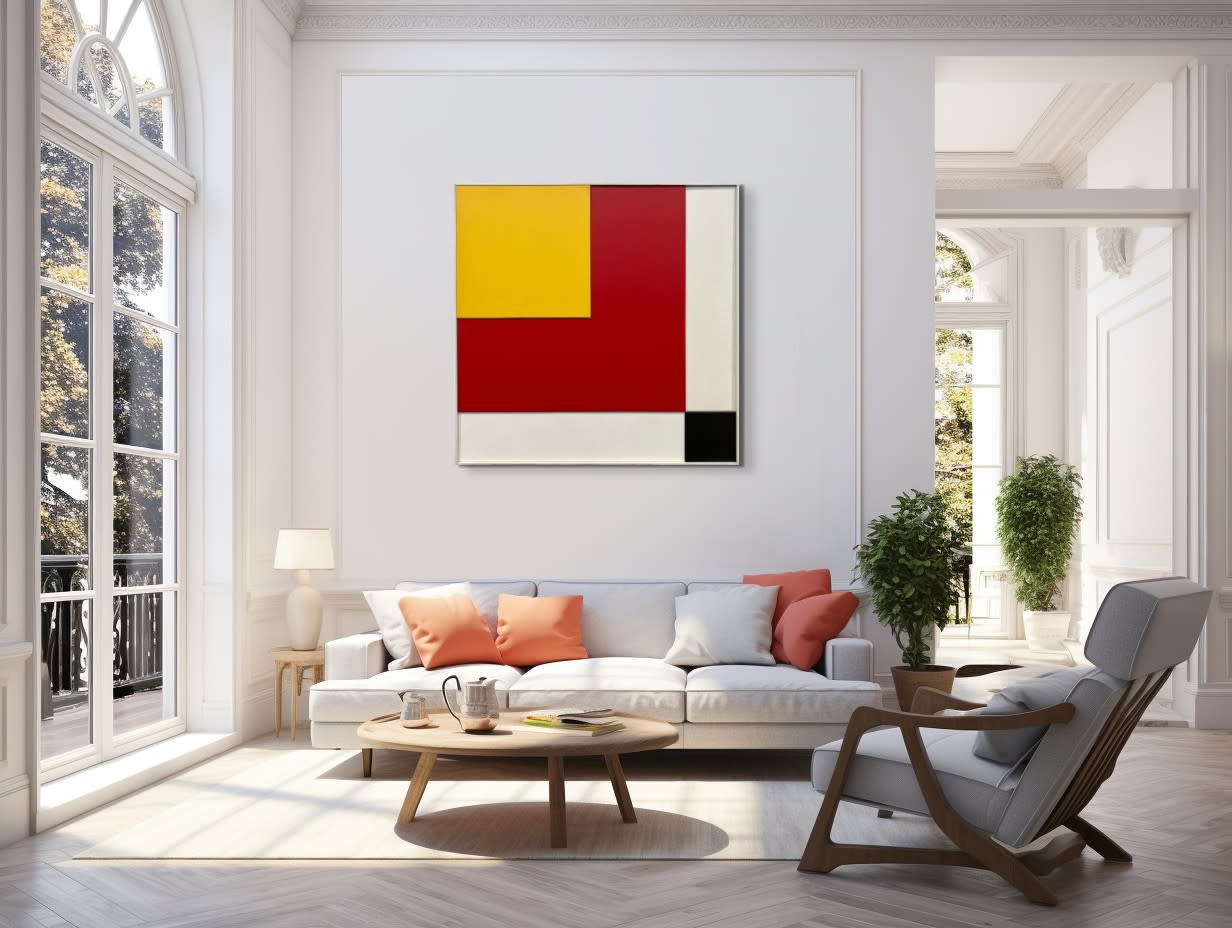artist
Okimoto worked as a graphic designer for a clothing manufacturer in Hawaii before becoming part of the Metcalf Chateau, also known as The Group of Seven – a group of Asian-American artists with ties to Honolulu. The name is derived from a house slated for demolition on Metcalf Street in Honolulu, in which they exhibited in 1954. The members were Saturo Abe (born 1926), Bumpei Akaji (1921-2002), Edmund Chung, Tetsuo Ochikubo (1923-1975), Jerry T. Okimoto (1924-1998), James Park, and Tadashi Sato (1923-2005). After their first show in 1954, the exhibit was moved to what is now the Honolulu Museum of Art.
These artists were held to a difficult standard within broader Abstract Expressionist circles. Even though the New York School of Action Painting drew on Asian brush techniques, Metcalf Chateau were often either accused of copying Western styles or expected to infuse their works with Asian tropes.
Description
Okimoto’s Relief construction #5 exemplifies innovations in painterly form, where artists began pushing beyond the flat picture plane. Composed of multiple canvases assembled into a single composition, each panel is slightly offset from the others, creating subtle shifts in depth and shadow. This construction introduces a sculptural dimension to the painting, emphasizing the canvas as an object rather than a window. The use of staggered planes disrupts traditional expectations of unity and flatness, aligning with broader trends of the period, such as shaped canvases, unstretched supports, and raw surfaces, all aimed at rethinking the material and spatial possibilities of painting.
The Shaped Canvas movement must have caught Okimoto’s attention – in January of 1965, Frank Stella, Henry Geldzahler, and Barbara Rose organized the exhibition Shape and Structure at Tibor de Nagy Gallery, which included shaped canvases by Stella and Williams, as well as Charles Hinman, Will Insley, and Larry Bell alongside three-dimensional works by Donald Judd, Robert Morris, Carl Andre, and Robert Murray. Okimoto was in NYC at this time and took the Shaped Canvas to the next level by allowing the canvases to have the ability to move around. No one at the time had experimented with this groundbreaking modification.
provenance
Prominent Corporate Collection until 2024
Doyle, New York, 2024



















